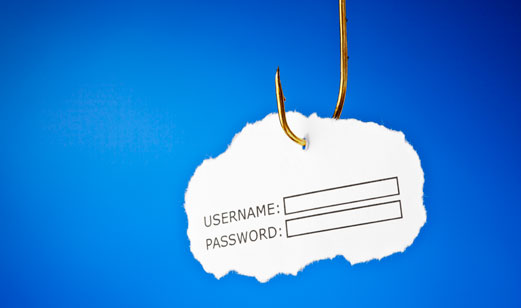Online Violence
Online violence, exploitation and dependency information age many of the invited countries and companies in information technology to cause harm the interests of the victim the other hand, gain the benefit for the attacker. So by following the various attacks against computers using the victim’s computer. Disabling injury to the target computer as well as personal benefit, political and economic side of the attacker.
Intensity of violent acts online is the greater importance of information systems and the role they play in our lives. This activity is carried out by individuals, groups, organizations and governments against Atdmaiteime commercial sites, government sites, economics, society and communications vulnerable to penetration attempts infrastructural information systems such as transport, energy, health, communications and security to remotely disable disrupt a country’s life.
Types of violence online
Destruction of sites – the ability to break through the security systems of the target site and to place different messages for content and one thing or against anything else, or personal reasons (the attacker’s personal ego and his ability to overcome the security systems). Sometimes the attacker completely replaces the link to the site, sometimes a side page which sometimes presents a short sentence on the front page without having to replace it as evidence that he had in his mission to enter the site.
These acts of penetration sites for destruction may be far worse implications than damage to the reputation of a site being replaced by Home; penetration can be used to disguise corruption of various actions, since an hour in the attacker to the target site could not only replace the front page, but secretly planted in different viruses, Spyware and assault, completely delete the site’s database, or even try to penetrate the company’s central computers to try to disrupt its services.
Distributed Denial of Service attcks (DDoS) – These attacks are rare more serious implications, even though they work easier to perform. Such attacks, turning one computer (DoS – Denial of Service) or more (DDoS – Distributed Denial of Service) is automatically a very large number of applications to serve the target. However, over and above the amount it could handle, something that results in server crash inevitably fall victim website.
This does not require technical expertise; Today, there are sites where such tools either for download or sites that are themselves, so all it takes is a certain press the attack takes place automatically and the user from the participant.
Estonia during the internal crisis, which threw the relations with Russia, was attacked its IT infrastructure on 27 April 2007. This move led to downfall of many sites in the country, including most government sites; presidential and parliamentary sites, almost all the websites of government ministries, political parties, news organizations and two half-sites in the country’s largest banks, mobile network emergency services network. These attacks require the closure of large parts of the local network to people outside the country, in order to block the attack information. The effect on state infrastructure was a serious one for Estonia since the most online countries in Europe and a pioneer in “e-government.”
A month later, this kind of attack was carried out against Georgian government sites as part of the war in South Ossetia. With the beginning of the Russian military involvement in Georgia’s invasion, also began an online attack. This virus implanted in hundreds of thousands of computers worldwide and which were intended to attack Georgian Web sites, including the President, Parliament (which it replaced the president pictures of Adolf Hitler’s club), the Foreign Ministry, news agencies and banks (which closed immediately Sharotim online). Because it is less state online from Estonia, the impact of the attack was less severe.
Theft of information – an invasion target computers or making scam aimed at stealing valuable information for economic intelligence.
Theft or loss of information is a serious event by any standard for a site, Because this is information which is often the essence of their personal information to a user’s identity and therefore is invaluable for thieves. In many cases these data are used for stealing the name and identifying details of the victim, which is actually a person’s identity theft.
Phishing (phishing) – characterized by fraud and sending fake e-mail message, usually in the name of business or financial entity alleged. Message to the user and asks him to turn to, for example, to renew his subscription information, or the password on the bank and so on. To do this create a false impression crooks message which includes a link to a fake that was prepared ahead of time, but his face looks quite real and may mislead an inexperienced user. When the user taps on the link in the message, he comes to fake in which he should enter the requested information; credit card data / bank account / password access, etc.. Details are passed directly to the perpetrators of the fraud.
December 2007 attack took place on the online U.S. nuclear weapons laboratories. Experts noted that following the attack did lead to China, but you can not determine with certainty the Chinese administration or residents are behind the action because the addresses may become Chinese use to disguise the identity of the real operations. When the attack , intrusion attempts were made against 1,100 employees in order to steal a fairly sophisticated means of information, including shipping 7 different messages, which apparently they all look perfectly normal legal. it was estimated that 11 staff opened the messages attached to miles and allow hackers to penetrate information systems and steal data about All visitors at the lab began to change in 1990.
This post is also available in:

